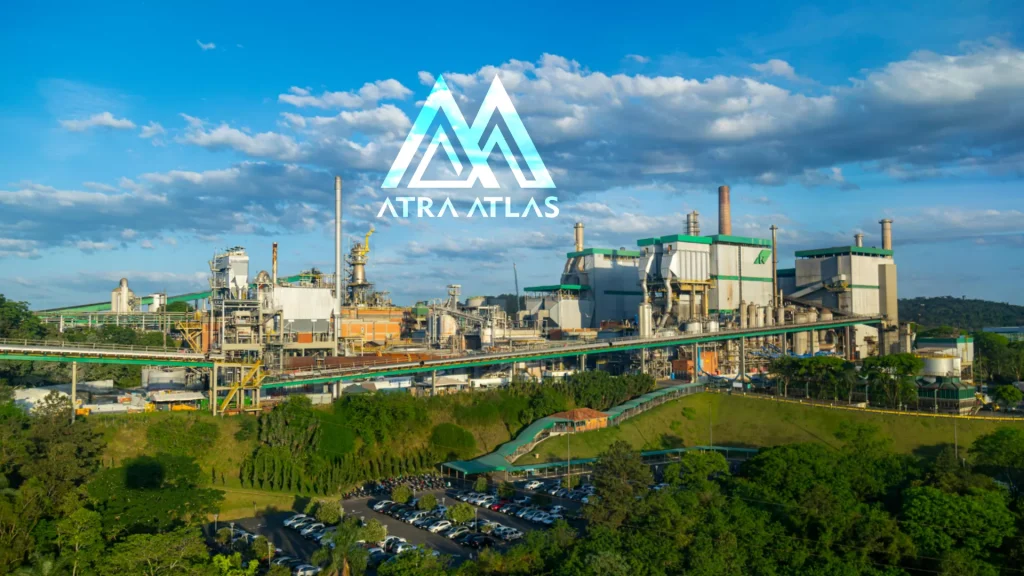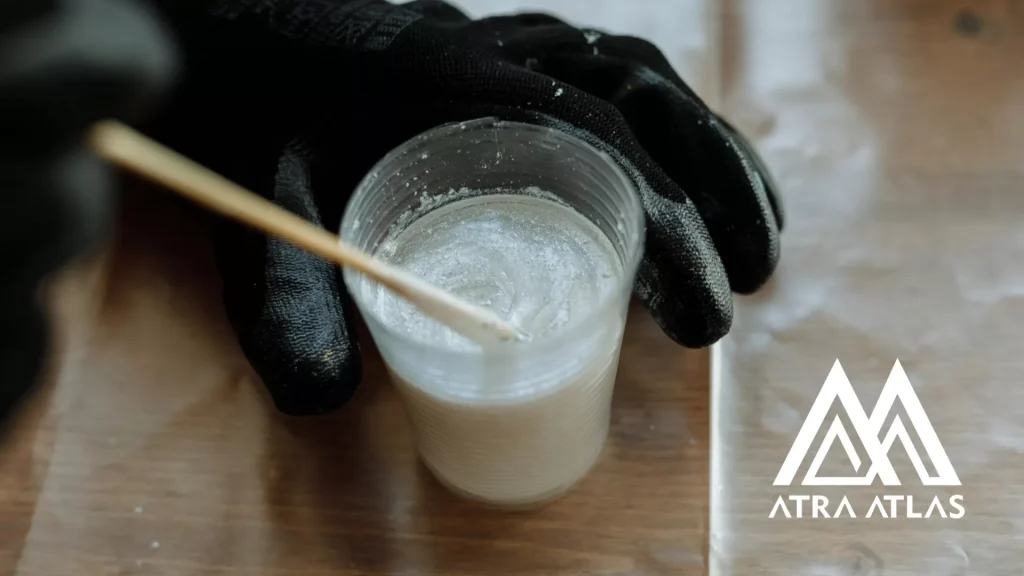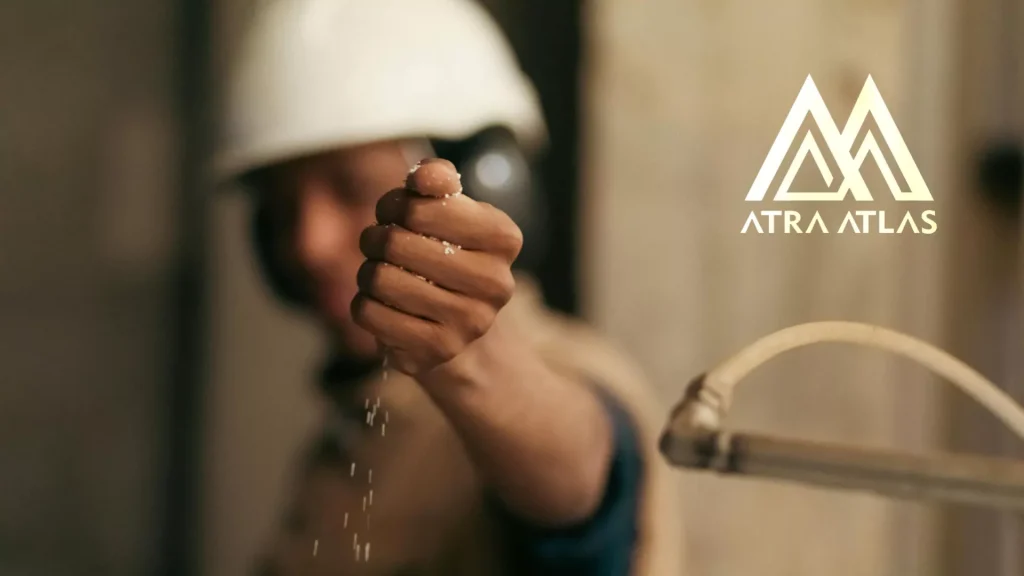
Export of Plastics and Polymer and Petrochemical Materials
Export of Polymer and Petrochemical Materials The export of polymer and petrochemical materials has been a profitable activity for domestic producers. Polymers, due to their high quality and widespread use in various sub-sectors including medical, aerospace, packaging, automotive, construction, and electrical appliances, have a very thriving global market. The nominal production capacity of polymer products in Iran is 8.8 million tons per year. The nominal production capacity of 8.8 million tons of polymer products in Iran contrasts with the global production capacity of 490 million tons and the Middle East production capacity of 42 million tons. Iran holds a 1.8% share of the global polymer production capacity and a 21% share of the Middle East polymer production capacity. A large volume of polymer and petrochemical materials is exported to neighboring countries such as Turkey, Afghanistan, and Iraq. Other products are exported to more distant countries including European countries and the American continent. For exporting your products in the field of plastics and polymer materials to Brazil, you can benefit from the experience of the managers at Atra Atlas Trading Company.
Polymer and Petrochemical Materials Petrochemicals are polymers and chemicals derived from oil or natural gas. They are an important part of the chemical polymer industry as the demand for synthetic materials is continuously increasing and plays a significant role in today’s economy and society. They include:
- 1.Chemicals:
- A polymer is a substance made up of very large molecules called macromolecules, which are composed of many repeating units, such as: Acetaldehyde / Acetic Acid / Ammonia / Benzene / Butene / Carbon Dioxide / Carbon Monoxide / Caustic Soda / Diethylene Glycol / Ethylene Glycol / Formalin / Heavy Naphtha / Hydrochloric Acid / Light Naphtha / Melamine / Methanol / Monoethylene Glycol / Mixed Xylene / Nitric Acid / Nitrogen / Urea / Triethylene Glycol / Paraxylene / Phosphoric Acid / Sulfuric Acid and so on.
- 2. Polymer:
- A polymer is a substance made up of very large molecules called macromolecules, which are composed of many repeating units, such as PE / PP / SBR / PS / PVC / PC PET / WAX / RECYCLE.

** PE or polyethylene
PE or polyethylene is one of the most popular thermoplastic materials. It is available in different crystalline structures called LDPE, HDPE and LLDPE. This plastic product is produced by excess or radical polymerization. It is used in a wide range of applications: plastic containers, bottles, bags, plastic toys, etc.
*** HDPE or polyethylene
HDPE or High Density Polyethylene is made from petroleum and is one of the most versatile plastic materials worldwide in a variety of applications including plastic bottles, milk jugs, shampoo bottles, bleach bottles, cutting boards and pipes. Kashi is used and has high resistance to impact and melting point and includes the following:
- – HDPE Injection
- – HDPE Film
- – HDPE Blow Moulding
- – HDPE Pipe
- – HDPE Caps & Cluser
- – HDPE Raffia
*** LDPE or polyethylene
LDPE or low density polyethylene is a thermoplastic made from monomethylene. It was the first grade of polyethylene produced in 1933 using a high pressure process via free radical polymerization. And its common use is in food packaging, shrink film, bags and pouches, carrier bags, general bags.
*** LLDPE linear polyethylene
LLDPE, linear low density polyethylene, is used in films and packaging due to its flexibility and strength. High-density polyethylene (HDPE) is usually transparent and less flexible than LDPE, and because of its higher crystallinity, it has better chemical resistance, stiffness and strength.
** PP or polypropylene
PP or polypropylene is a type of polyolefin that is slightly harder than polyethylene. It is a commodity plastic with low density and high heat resistance. There are two types:
1- Home Polymer, which is used in heavy jumbo bags, furniture, hats, and toys.
2- Polymer CO, which is more compatible and simpler than polypropylene, and its applications are mostly in the packaging of stationery, food and containers.
** SBR
SBR is the oldest and most widely used type of synthetic rubber in the world, and 65% of all rubber products worldwide are made of it.
** PS which has three models:
1- HIPS, which is used for packaging containers, egg boxes, industrial parts, refrigerator doors, etc.
2- GPS is one of the most widely used types, and its applications are disposable cups, food containers, and pen bodies.
3- EPS, which is a rigid closed-cell thermoplastic foam material.
** PVC
PVC is one of the most widely used polymers on the planet, and due to its flexible nature, it is widely used in construction, transportation, packaging, electrical/electronic, and medical applications.PVC is one of the most widely used polymers on the planet, and due to its flexible nature, it is widely used in construction, transportation, packaging, electrical/electronic, and medical applications.
** PC or polycarbonate
PC or Polycarbonate is a transparent thermoplastic with excellent impact resistance. Its high performance properties make it the leading plastic for various applications that require high operating temperatures and safety properties. And its common use is helmets, tool boxes, and mechanical caps.
** ABS
ABS is a terpolymer that is used in office supplies and heat-resistant household appliances.
** PET
PET is the most common thermoplastic polymer resin from the polyester family and is used in fibers for clothing, containers for liquids and foods, food packaging, edible oil and carbonated water.
** WAX
WAX is a polyethylene polymer with low molecular weight, which includes properties such as low viscosity, high hardness (brittleness) and relatively high melting point.
** RECYCLE
Polymer recycling is a material and energy recovery process in which a polymer or plastic material is reprocessed to produce multiple recycled products. The recycling of materials obtained from waste is defined in a series of sub-processes. Such as RECYCLE PE, RECYCLE PP, RECYCLE ABS and RECYCLE PS.
*** RECYCLE PE
RECYCLE PE is used in its recycled form to make pens, ropes, toys, bicycle racks, furniture, tables, benches, recycling bins, and trash cans.
*** RECYCLE PP
RECYCLE PP has a high melting point and is therefore often chosen for containers that hold hot liquids, and it has gradually been adopted by recyclers in some yogurt containers, syrups and medicine bottles.
*** RECYCLE ABS
RECYCLE ABS has physical properties and high durability and is actually one of the plastics that is created by sending a separate chemical substance. It is obtained from petroleum materials and they are not biodegradable and it is possible to reuse the vast majority of their cases.
*** RECYCLE PS
After consumption, RECYCLE PS is simply polystyrene that was previously used in other products and becomes recycled products instead of going to the landfill.

Solutions for Exporting Polymer and Chemical Materials
The solution to exporting polymer and chemical materials involves leveraging the experience and successful track records in this field. Traders and merchants can confidently overcome these challenges by relying on such experiences and continue on their path. By seeking the help of successful traders in this area, these challenges can be easily overcome. For exporting your products to Brazil, it is a great honor for us that you choose us.
Popular Plastic Materials for Import from Iran
In the field of importing plastic raw materials from Iran, some materials are known to be more popular and marketable. These materials include polyethylene, polypropylene, polyvinyl chloride (PVC), and polystyrene. Plastics with characteristics like durability, flexibility, lightness, and high recyclability are in great demand in the international market.
Polyethylene is recognized as one of the most widely used plastic products in various industries. Due to features like flexibility, shock resistance, insulation, and recyclability, it is one of the popular products for export from Iran to different countries. On the other hand, polypropylene is also in high demand in the global market due to its lightness, shock and heat resistance, and recyclability.
